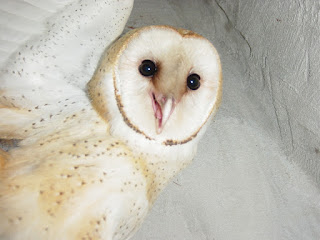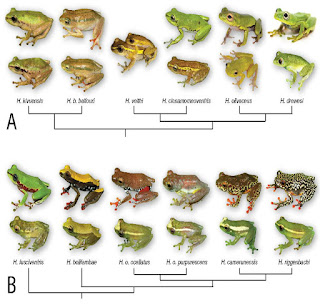Gnathonemus_barbatus

Gnathonemus_barbatus is just the Peters' elephantnose fish are native to the rivers of West and Central Africa, in particular the lower Niger River basin, the Ogun River basin and in the upper Chari River. It prefers muddy, slowly moving rivers and pools with cover such as submerged branches. It is a dark brown to black in colour, laterally compressed (averaging 23–25 cm), with a rear dorsal fin and anal fin of the same length. Its caudal or tail fin is forked. It has two stripes on its lower pendicular. Its most striking feature, as its names suggest, is a trunk-like protrusion on the head.
















































